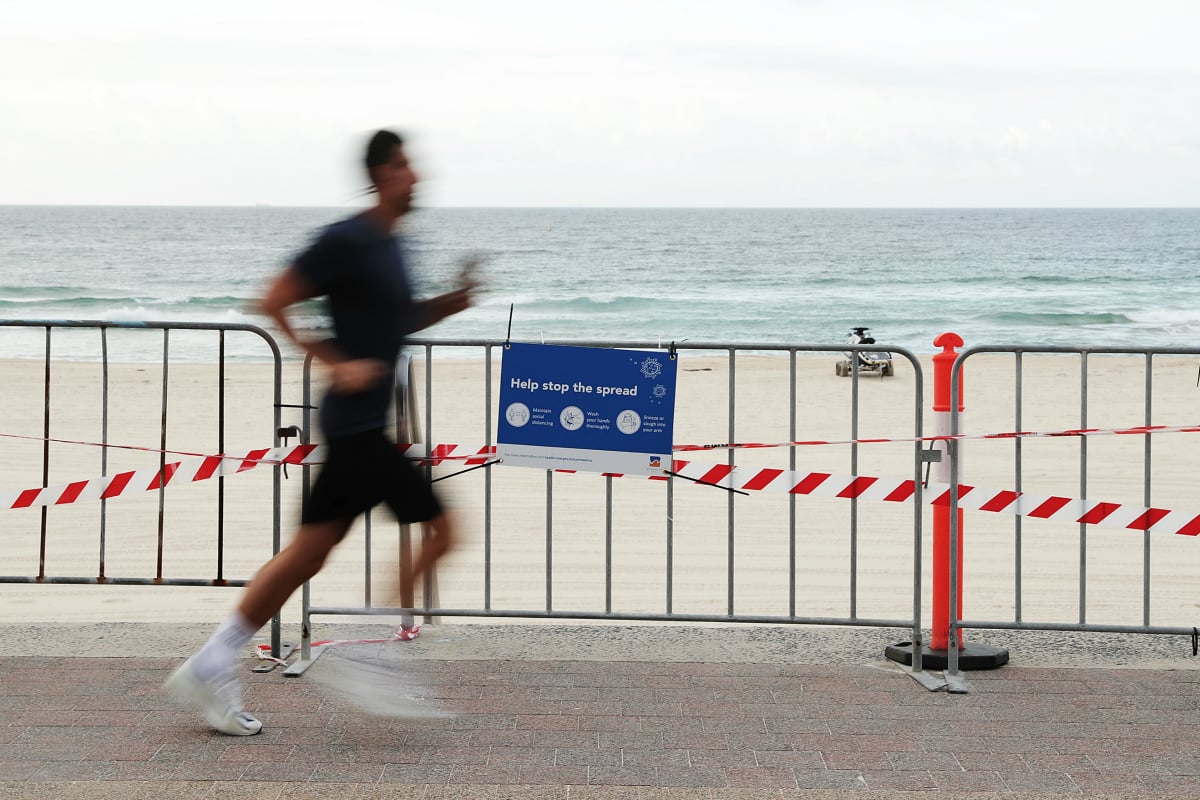
Federal Health Minister Greg Hunt gave us all a metaphorical gold star this week. According to him, we’re being very well behaved and properly obeying social distancing, and that’s paying off when it comes to limiting the spread of COVID-19.
“In these most difficult of times, with these most difficult of measures that none of us had ever dreamt we would ever be involved in, you have risen to the occasion,” Minister Hunt told reporters on Sunday.





























































































